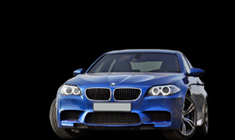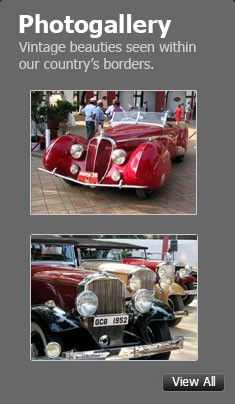News
A beginner's guide to building & flying remote controlled planes
The thing with this hobby is you don't know where to start and who'll help and the fact that it is a rare hobby also doesn't help the newcomers at all.
BHPian KharbandaKartik recently shared this with other enthusiasts.
I have had a thing for aeroplanes since childhood, thanks to my parents who have worked for an airline through which I had early exposure to flying, etc.
I remember how flying used to be in the mid and late 90s, it had very less crowd, nicer meals, toys, Boeing 747s and much more. It has really become just another thing now but more on that later.
In the early 2000s as a kid, I wondered if there is some sort of a small plane which could be flown with a remote but I could never find one till the year 2012 when I was in Hyderabad for a short visit and I came across a shop which had RC planes, Cars and more, checked the prices and realised that as a student I simply couldn't afford it.
Life moved on and I completely forgot about it until recently when I was casually reading things on the internet and somehow was navigated to a forum where RC hobbies were being discussed and then I started to dig more.
I was hooked on to the internet for a week and kept on watching videos about the same and reading about it.
As an absolute newcomer, I realised I had a lot to learn in theory before I could think of actually flying.
The thing with this hobby is you don't know where to start and who'll help and the fact that it is a rare hobby also doesn't help the newcomers at all.
I am so excited to share my learnings and findings with you all over here with the hope that it helps people get into this hobby, also because I think we all are a community of like-minded people and it just feels so good to share this with people who can relate to it.
I'll try and keep it very simple and write it in pointers so that it is easier on the eyes.
Types of RC planes:
- PnP - Plug and play, these types of aircraft come with everything except transmitter, receiver and batteries.
- ARF - Almost ready-to-fly models need additional components before you can fly, common additional items may include, an engine/electric motor, servos, transmitter, receiver, DIY skills and time.
- Kits - These are laser cut sheets and everything has to be pasted and put in place together, this will for sure need good DIY skills and more time as well.
- RTF - Ready-to-fly aeroplanes will have everything included in the box, just unbox and fly.
Types of Internal Combustion engines:
Nitro engines (2 strokes & 4 strokes) - can range from anywhere as small as 1.5 cc to as big as 120cc or even more, the size of the engine is chosen according to the size of the plane and the purpose. These are powered by special fuel which is a mixture of methanol, oil (castor, synthetic or both) and a small percentage of nitromethane, a lot of people also blend their own fuels.
Gas engines - These run on the usual petrol and are costlier than the nitro engines, they also come with an ignition module which takes care of the correct firing order and other things.
OS and Saito are some of the famous names which manufacture these engines, both are Japanese.
A lot of hobbyists are moving to electric motors from engines. Most of the models under PnP, RTF, and Bundle to fly will have mostly electric motors, if you want to go the engine way, you'll have to choose an ARF or a Kit.
Starter accessories for engines:
- Electric starter or starting stick.
- Glow plug igniter.
- Fuel tank.
- Silicone tubes.
- Lots of skill.
A plane with an internal combustion engine will need much more skills to be built and flown as compared to an electric plane but at the same time, it makes it much more genuine and appealing.
I was totally inclined towards an IC engine and never thought about an electric plane at all. I then started to research the size of the plane & engine and didn't know where to start.
So I thought I'll buy the engine first and then choose a suitable model for it, I placed an order for an OS 55 AX online after a discussion with the seller and a propeller of size 12x6 for the same.
It looks very well made and weighs 512 grams:

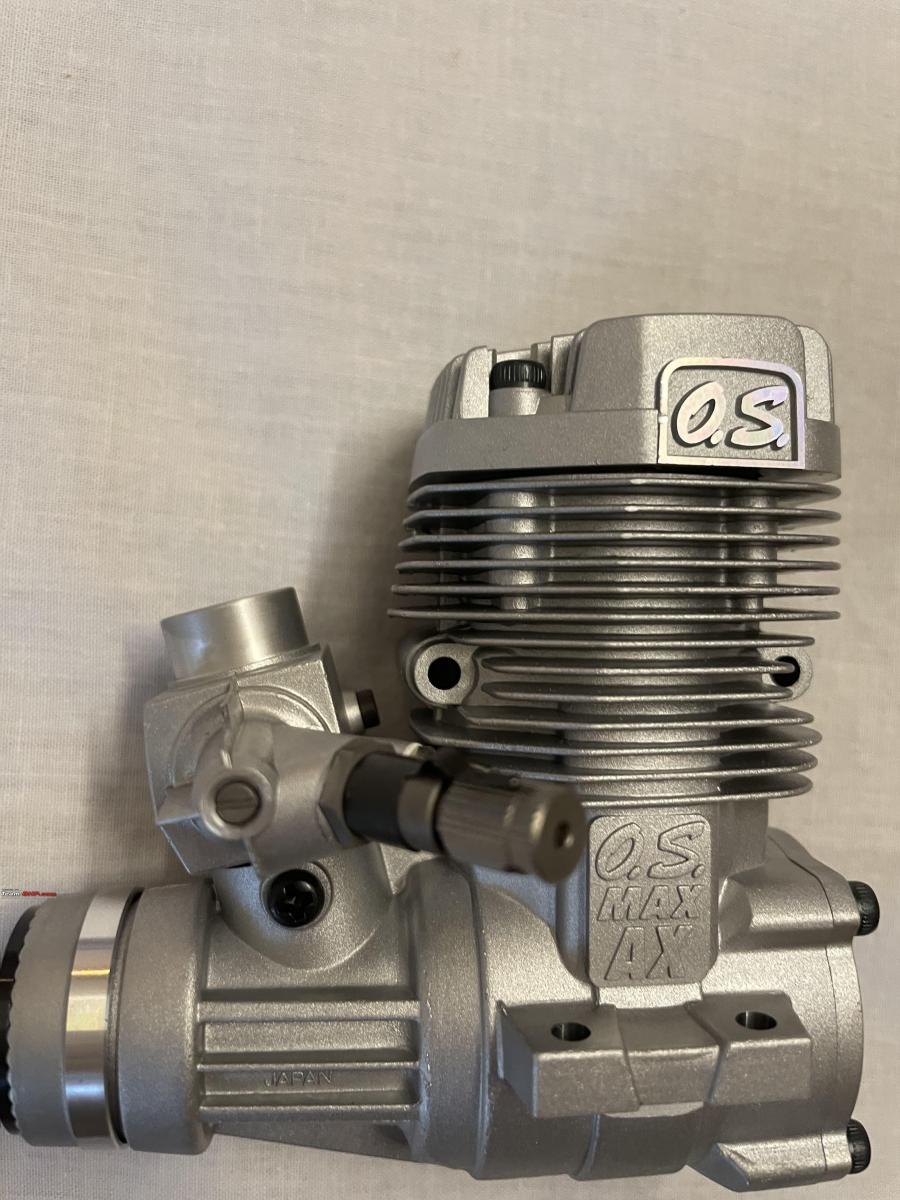
Now the hunt for a plane began, through the research, I got to know that for new flyers, a trainer model with high wings(wings above fuselage) is suggested as it is easier to fly, so that is what I started to look for and I came across Seagull planes.
Seagull planes are handmade in Vietnam and are made from Balsa wood, which keeps them light and durable.
After a lot of thought I ordered one online from a seller based in Hyderabad, yes it is the same seller, whose shop I visited in 2012.
Meanwhile, I thought of breaking in the engine on a stand, that's how people usually do it, so I made a makeshift stand for the engine and bolted the engine nicely so that it is safe and doesn't move.
I followed the instructions available everywhere on how to start the nitro engine but wasn't able to do so even after trying for the whole day, it got me really bogged down and frustrated.
The next day I spoke to my seller, and he suggested that I might have flooded the engine with too much fuel, he suggested a way to correct it, I tried and I was able to start the engine and everything was back on track.
A word of caution: The propellers can be extremely risky and should be treated with the utmost caution, if you happen to start with this hobby, please be very very careful. I've read about people losing their fingers, etc.
It took my seller more than a week to ship the plane and another 3 days to reach me via courier. I was surprised to see the packaging, it was much bigger than I thought and the moment I got it out of the box, I was simply delighted to see the workmanship, it is very nicely made.
I couldn't get to work on it immediately because of Diwali and other commitments.
A few days later though I was ready to go.
For ARF models you would need two types of glue: Epoxy and CA glue for wood, which is a little thicker so that it fills gaps and doesn't get absorbed by the wood.
So I pasted the vertical stabiliser and the horizontal stabiliser, there's a cut-out already made for it from the factory, and the plane also comes pre-installed with metal pushrods for all the control surfaces:
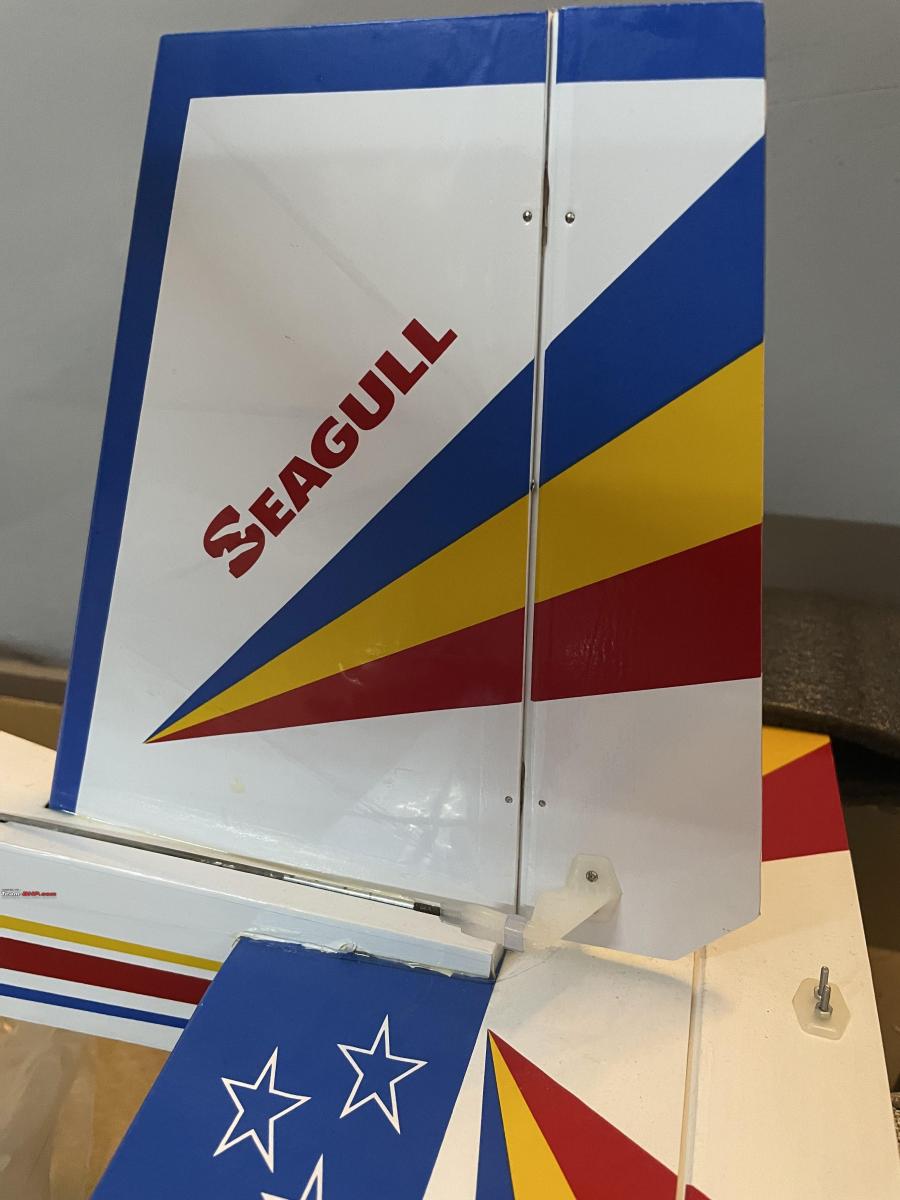
Engine mounting:
The RC planes have either a plastic or a metal mount for engines, mine came installed with a plastic mount, while mounting the engine, the distance of the engine from the fuselage is crucial as it directly affects the centre of Gravity, for my plane the manual suggests the distance of the faceplate of the engine to be 11.2 cms from the firewall and that's what I followed.
This is what the firewall and engine mount look like:
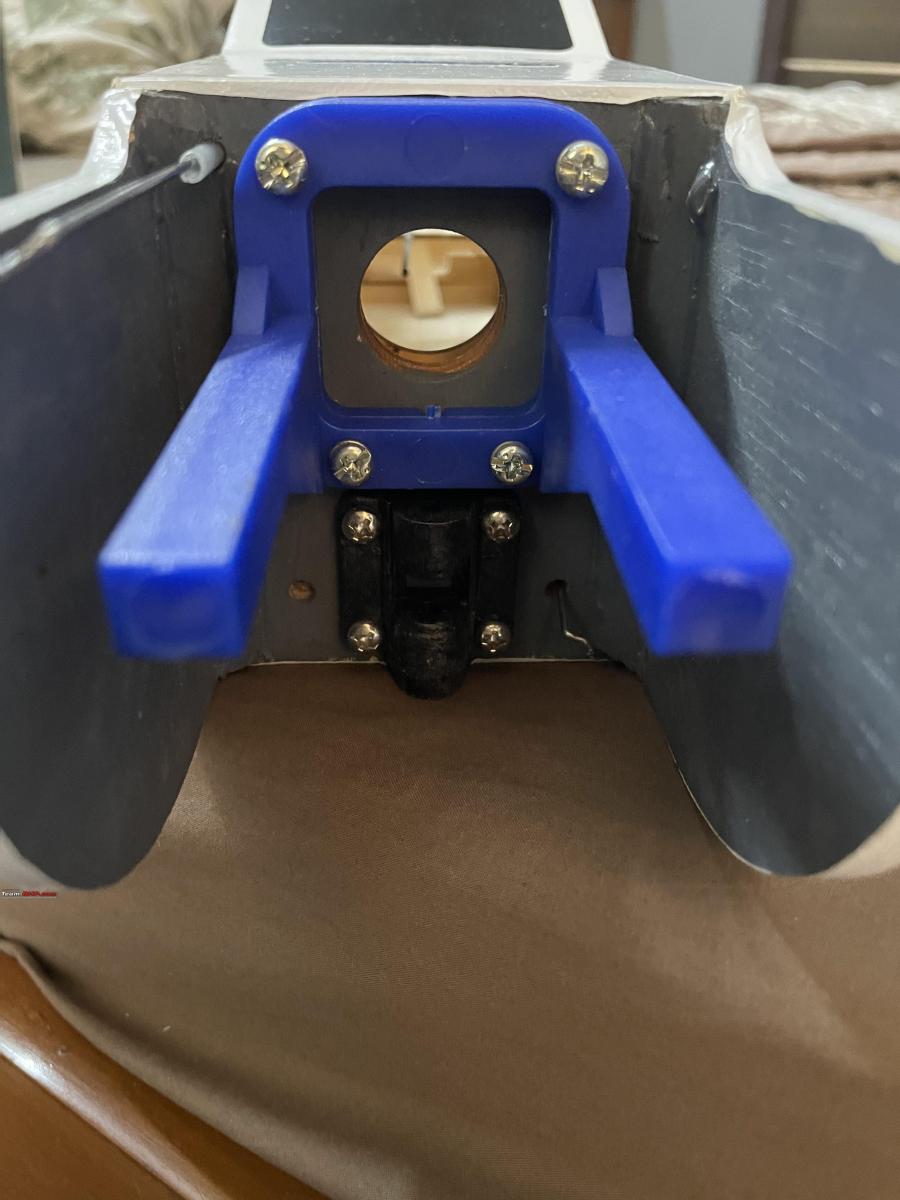

Made drilling marks with a pencil and drilled with my small electric hand drill:
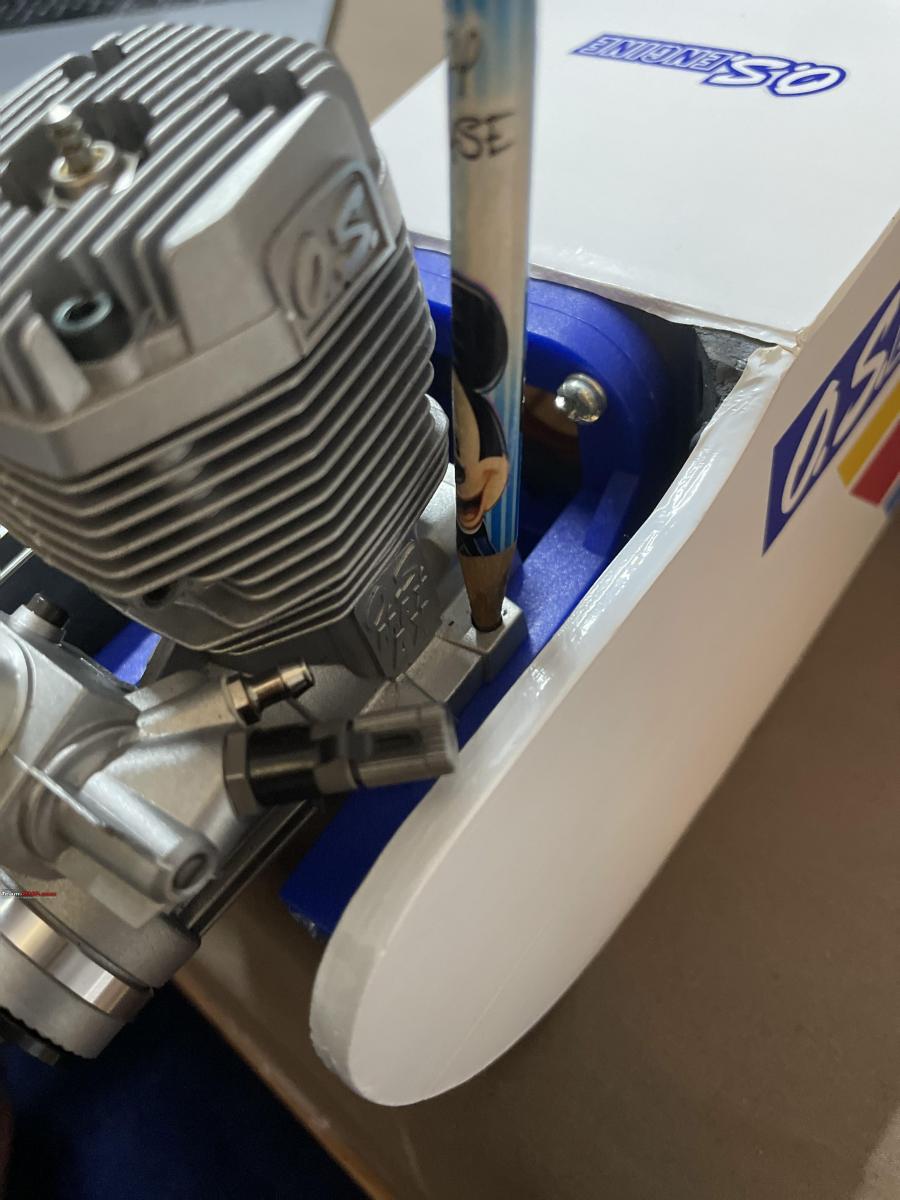
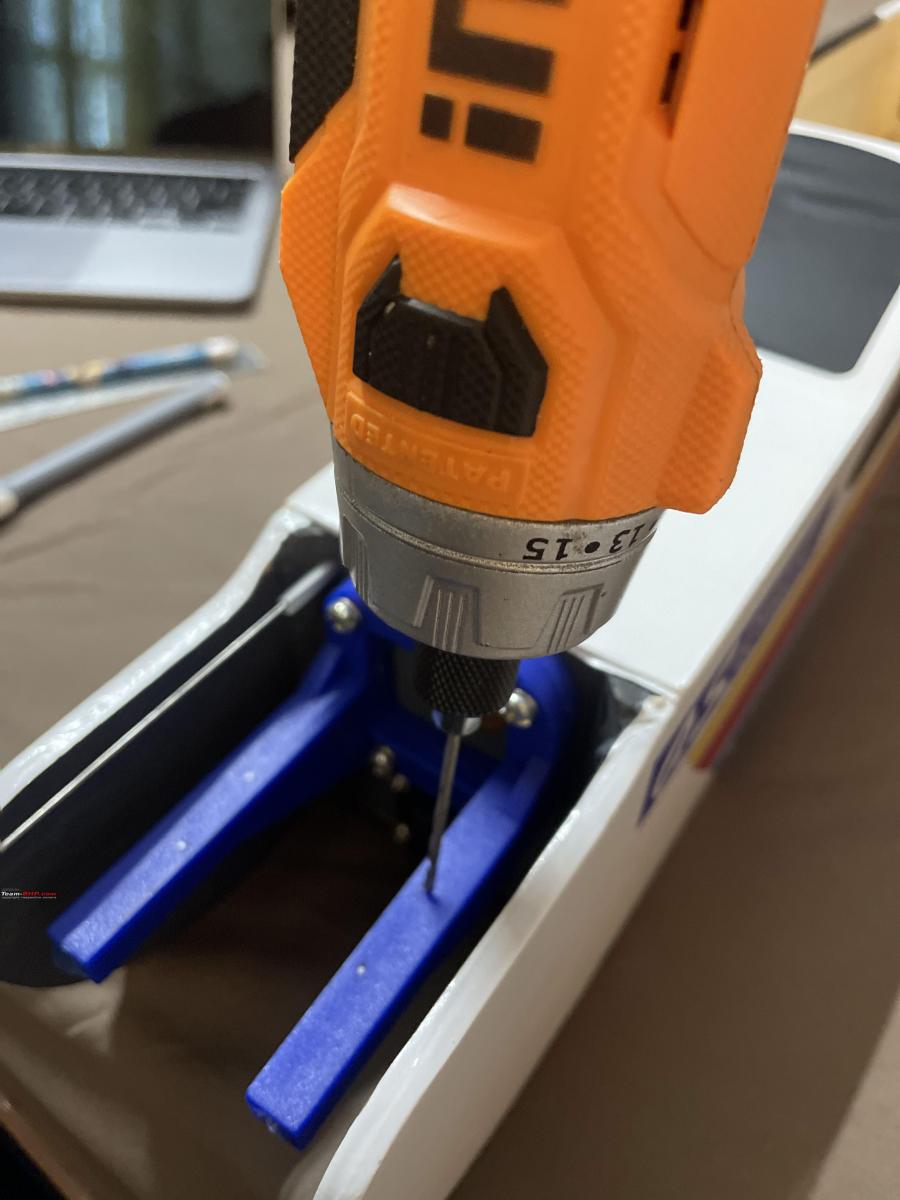

I had specially ordered hex screws for this purpose as they offer more grip while tightening:
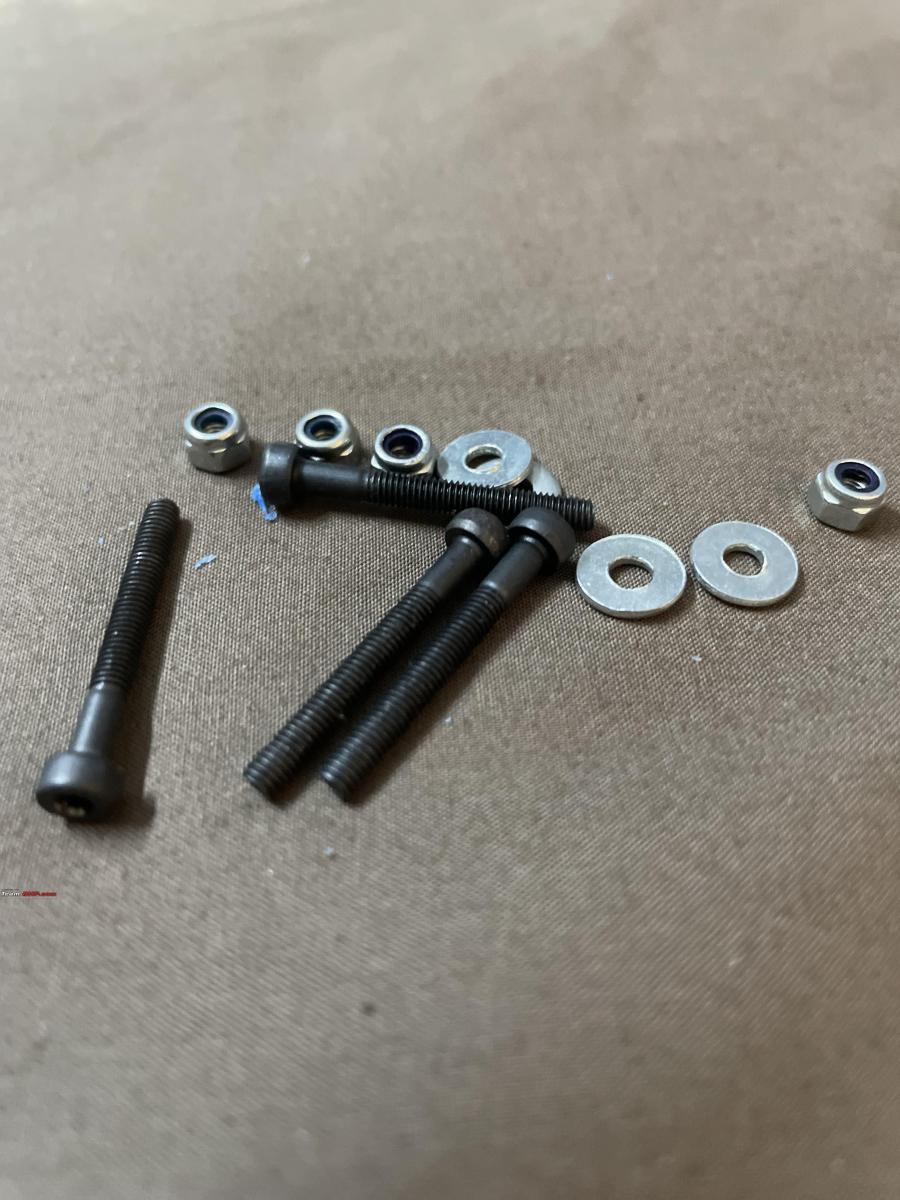
And this is how the engine looks like on the mount:


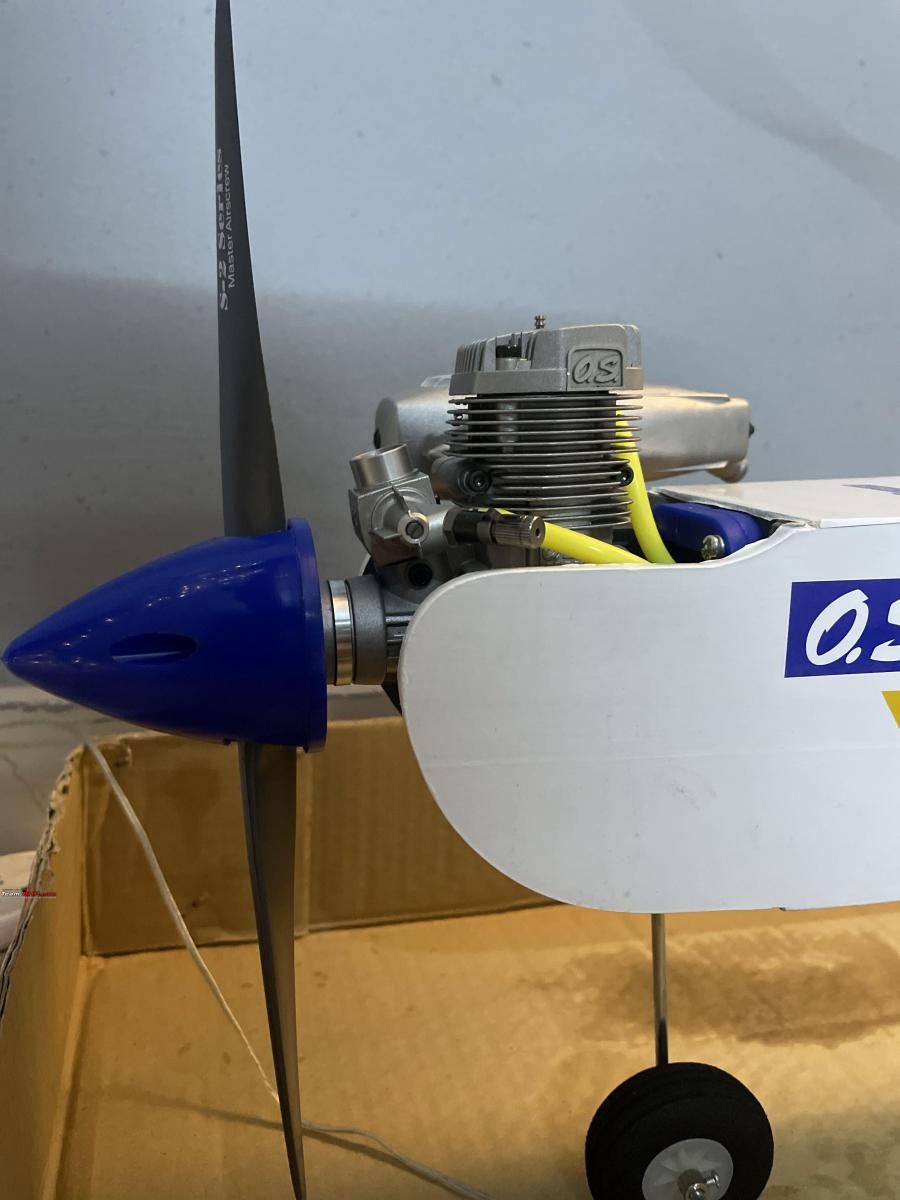

I am taking this build slow as I would want to avoid as many mistakes as I can, my target time to fly is in December end and I intend to fly with a trainer at least the first few times.
Meanwhile, I have to order a transmitter, servos, battery and charger, once I have all of these, the plane should be all set.
I am contemplating buying a Futaba T10J transmitter along with Hitech D625MW and the research is still on.
This is an ongoing project and once I complete this, I would want to have a nice collection of planes with different specs and purposes.
Also thinking of getting a wooden rack built for safe storage.
I firmly believe that one should have as many hobbies as possible, they can be amazing stress busters and also a very good way for us to indulge.
I shall share more as the project progresses.
Check out BHPian comments for more insights and information.
















